Fill a chest with every kind of ore in Minecraft.
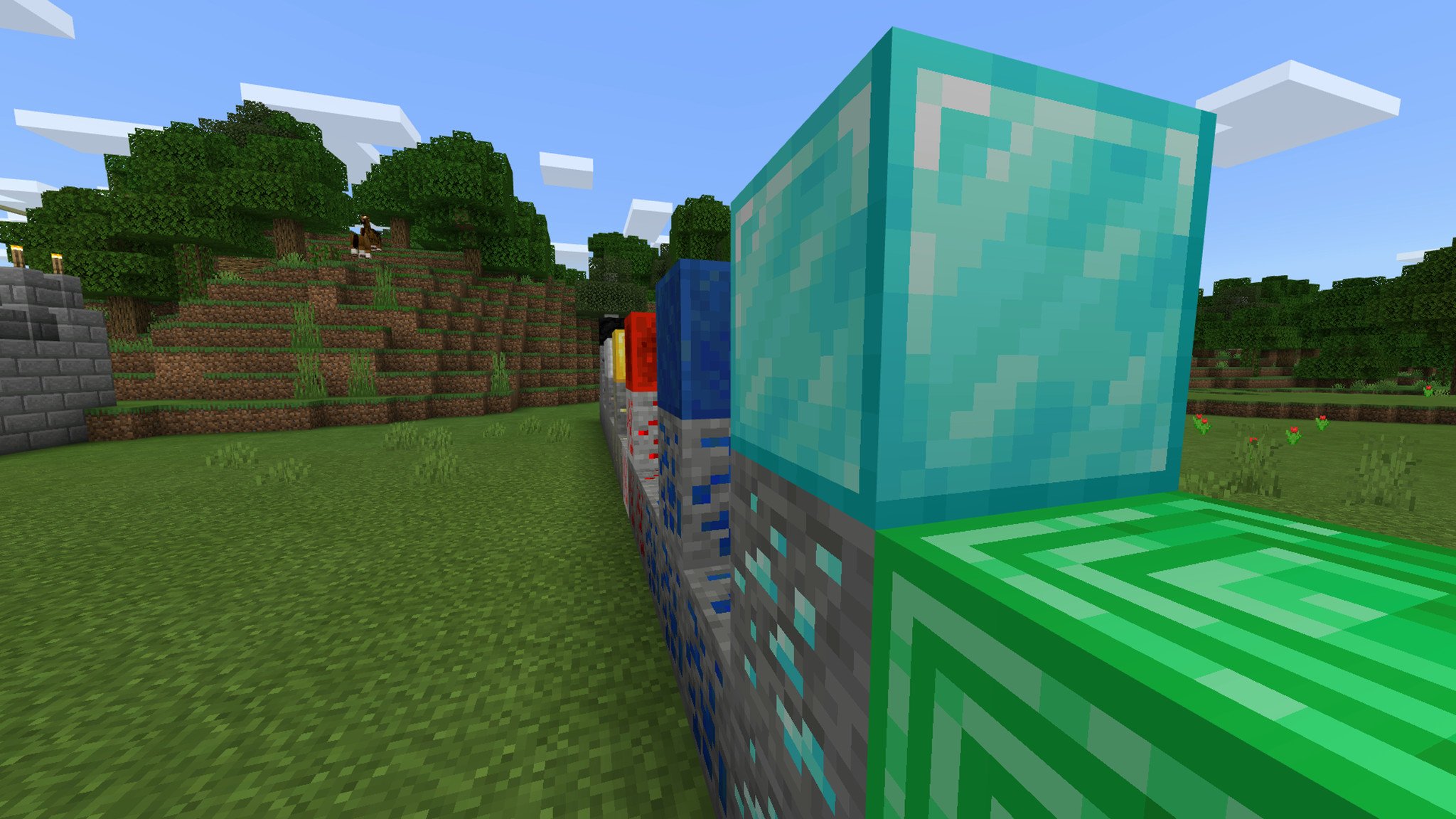
A large part of any Minecraft player's life is searching for the valuable ores that open up a whole new world of tools, weapons, and resources. Whether it's as simple as powering your furnace, or supplying an entire house with automatic doors and lanterns, being able to know where to find these ores (and how to get them) is essential to mastering this creative game. It's okay. We did the searching for you. So here's our guide on where to find all the valuable ores in Minecraft.
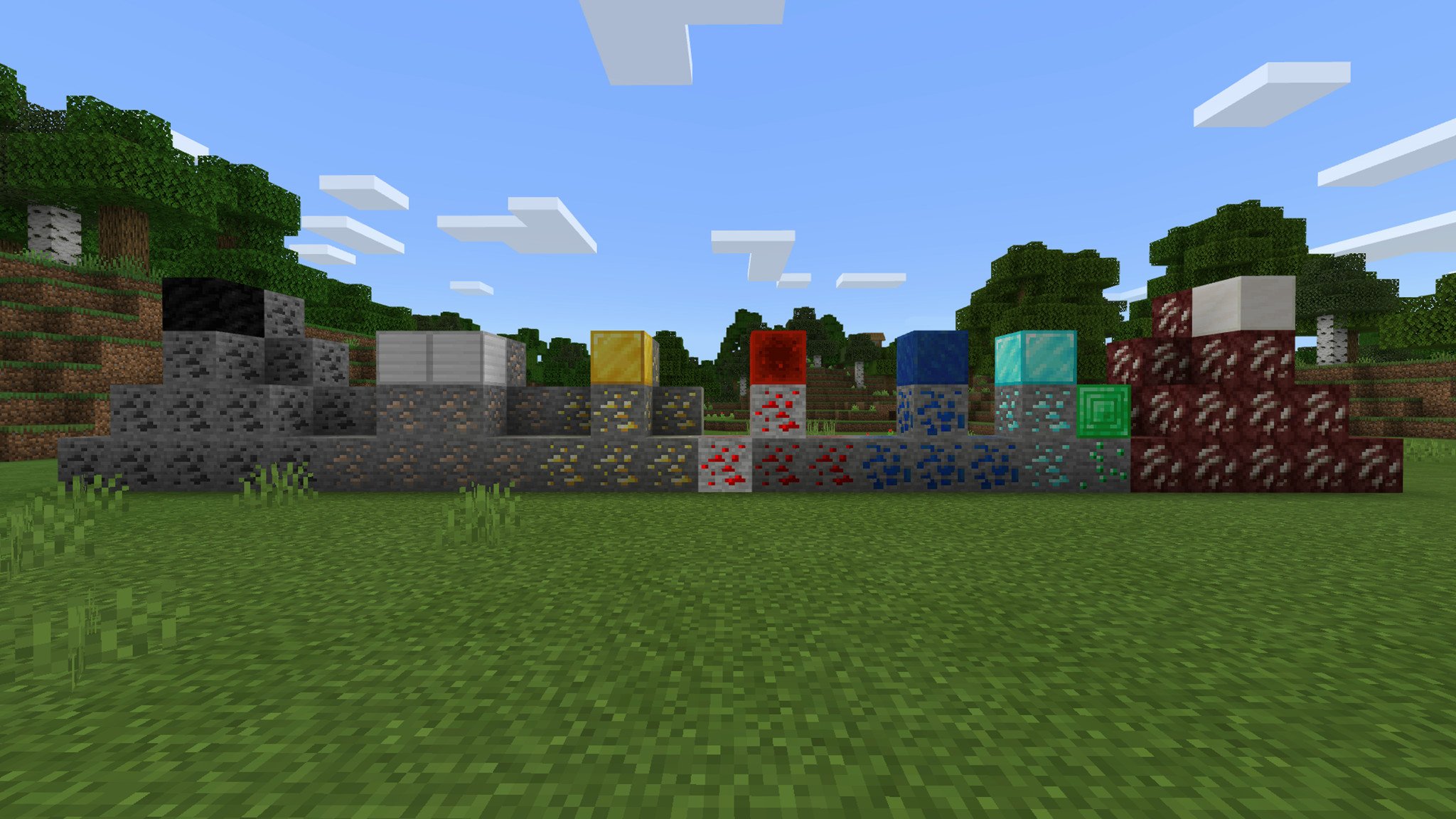
There are a total of 8 different ores currently available in Minecraft, all with varying levels of rarity. These ores appear in veins of different sizes, and some of these ores can only be found in specific locations. Knowing where to look to find your ores and how to mine them efficiently is most of the battle.
Minecraft generates worlds by numbering each block, with the bottommost level of bedrock being labeled as block 0, and each subsequent block afterward raising that number by one. This includes bedrock, air, and basically everything in between. Knowing this, it becomes much easier to know where to go to find ores. Minecraft considers sea level to be at block 62, and clouds start generating at block 128. Most ores are found below sea level, and no ores will be found above cloud level.
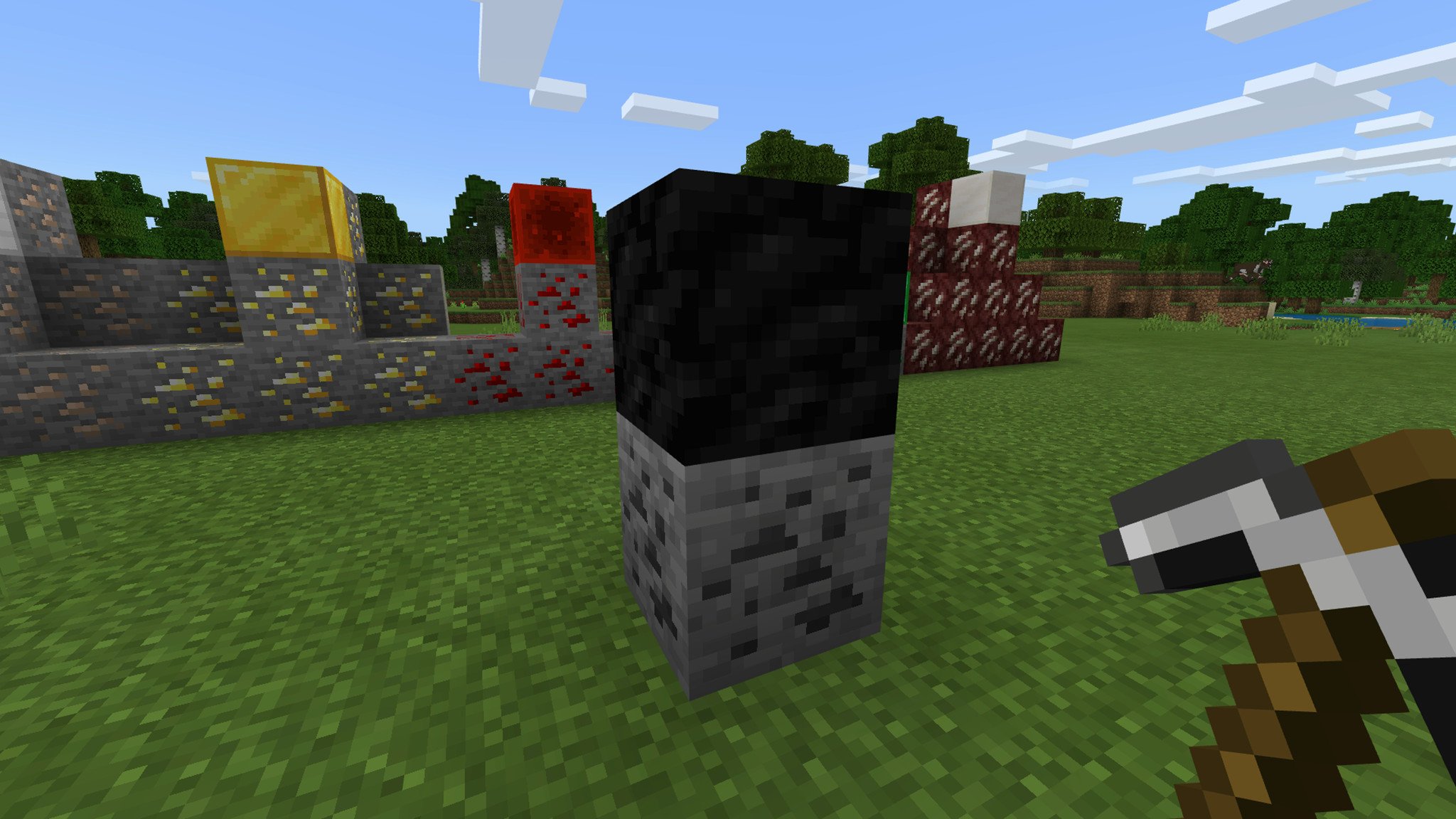
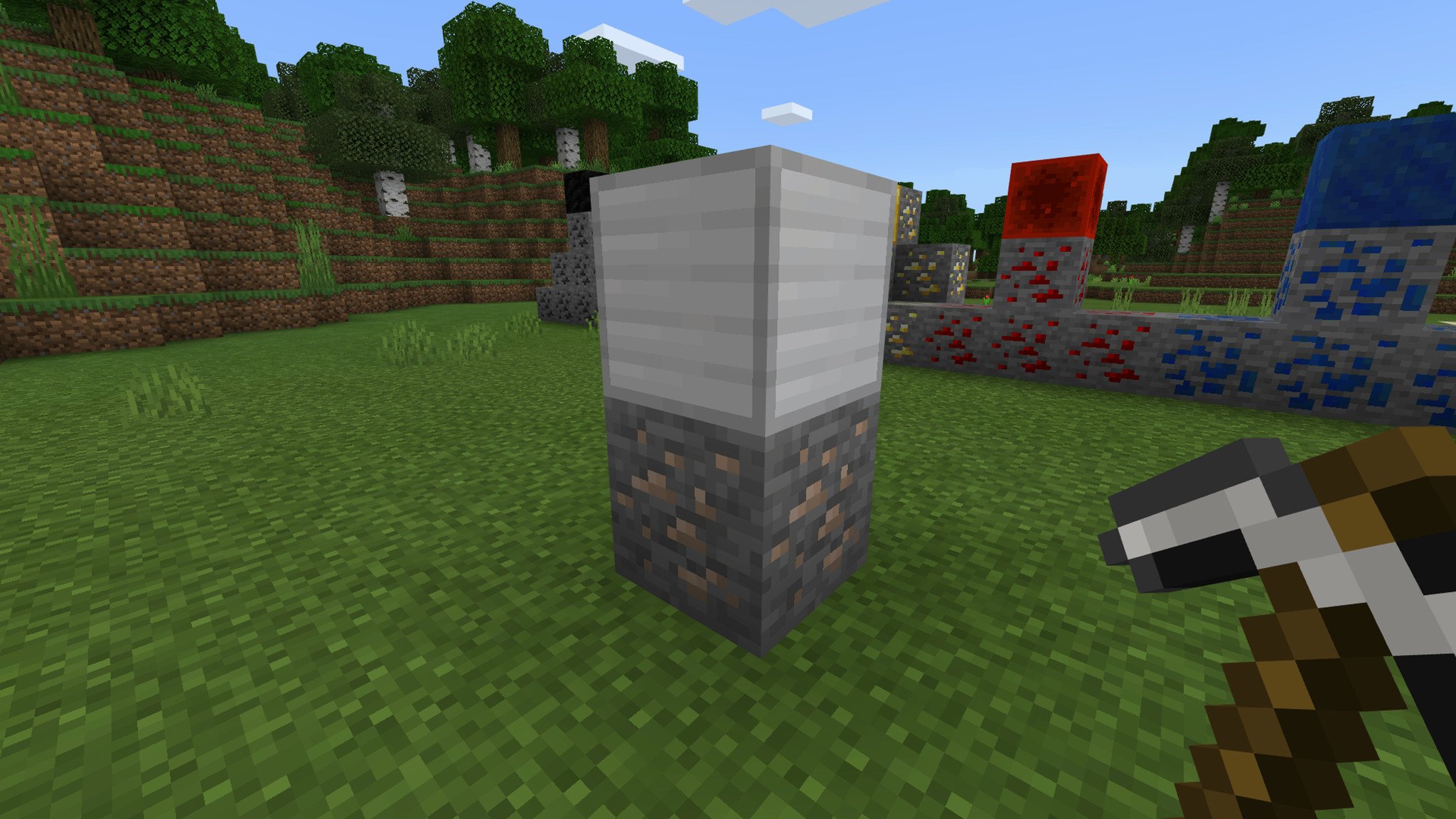
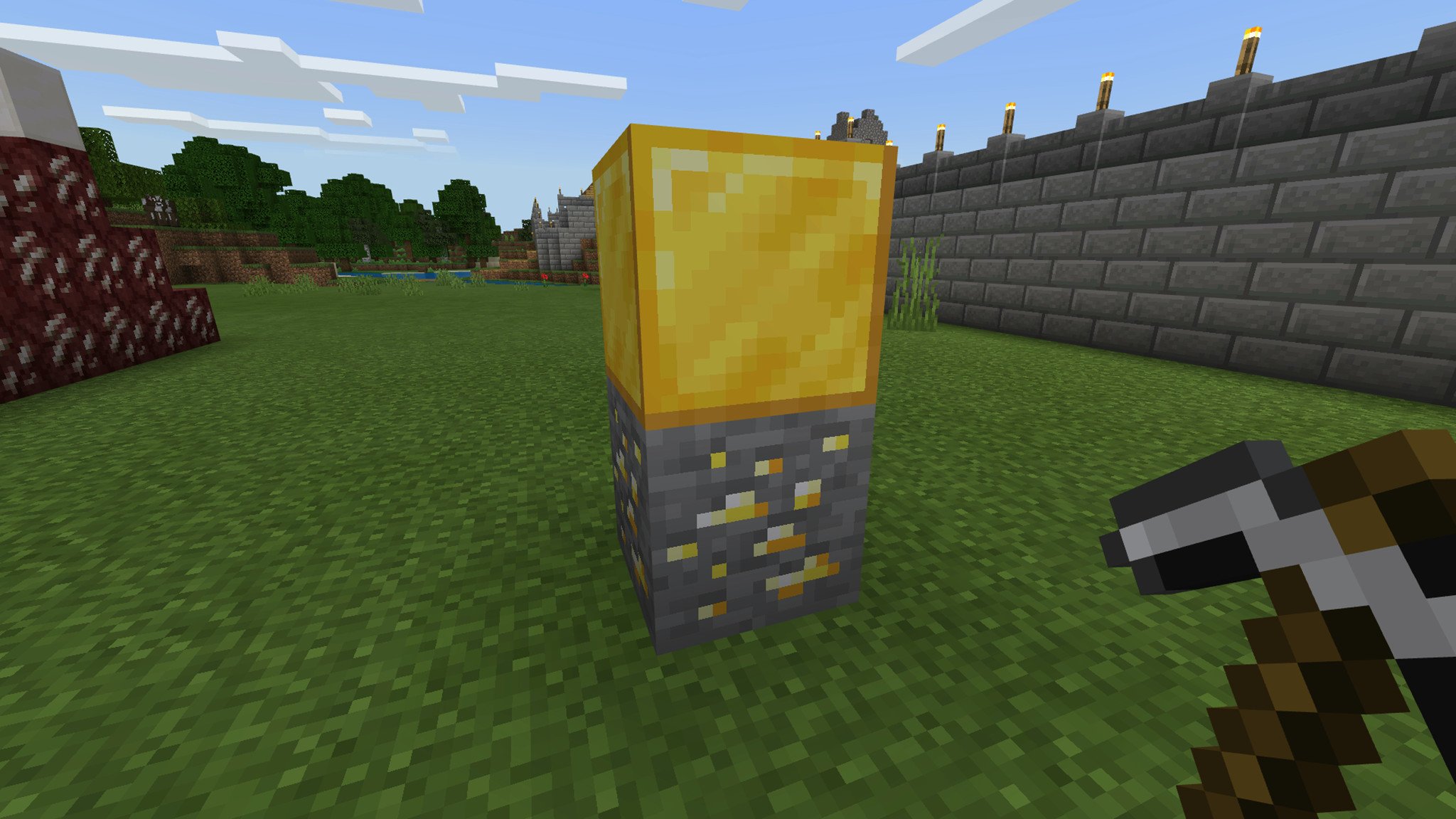
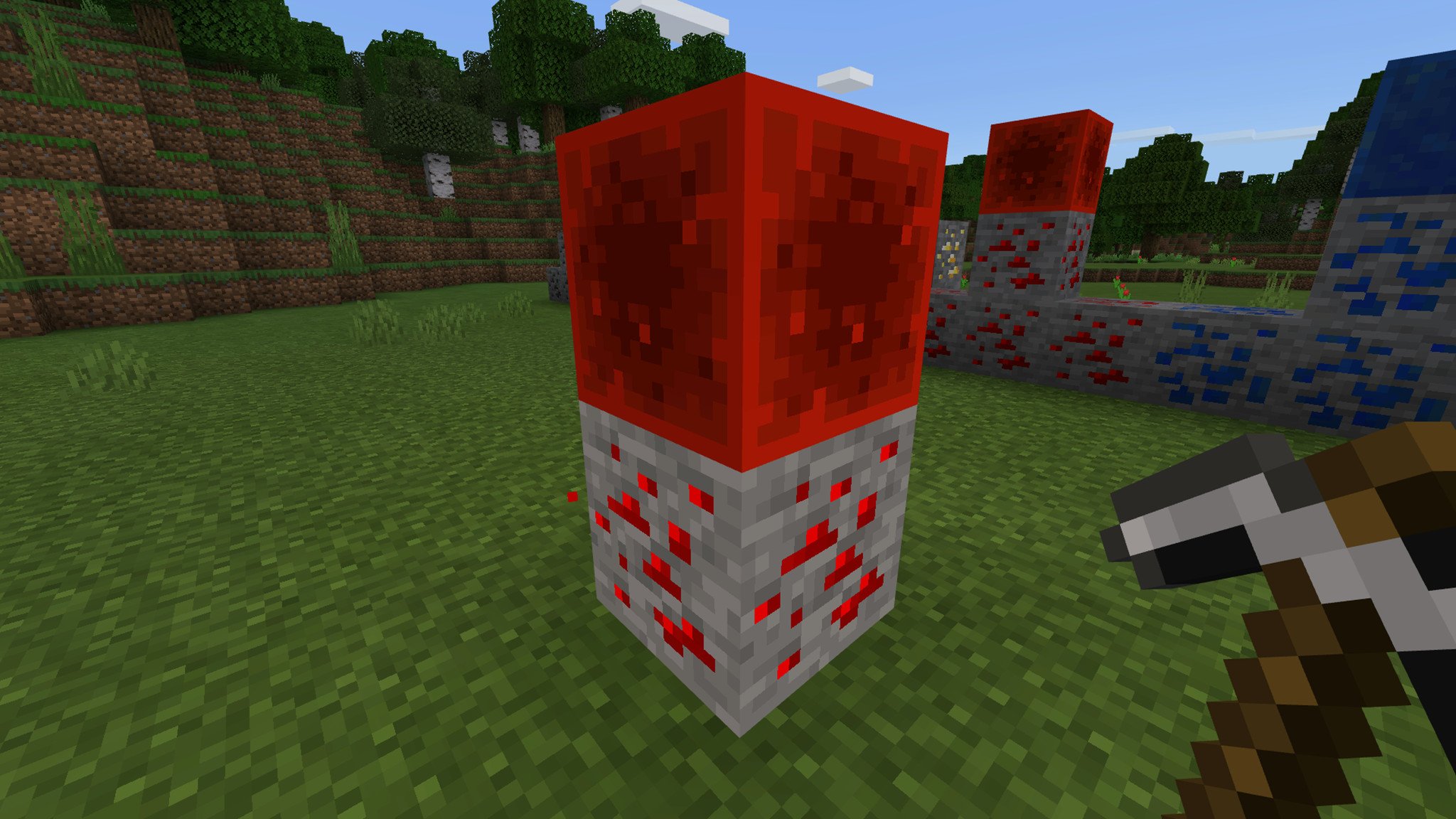
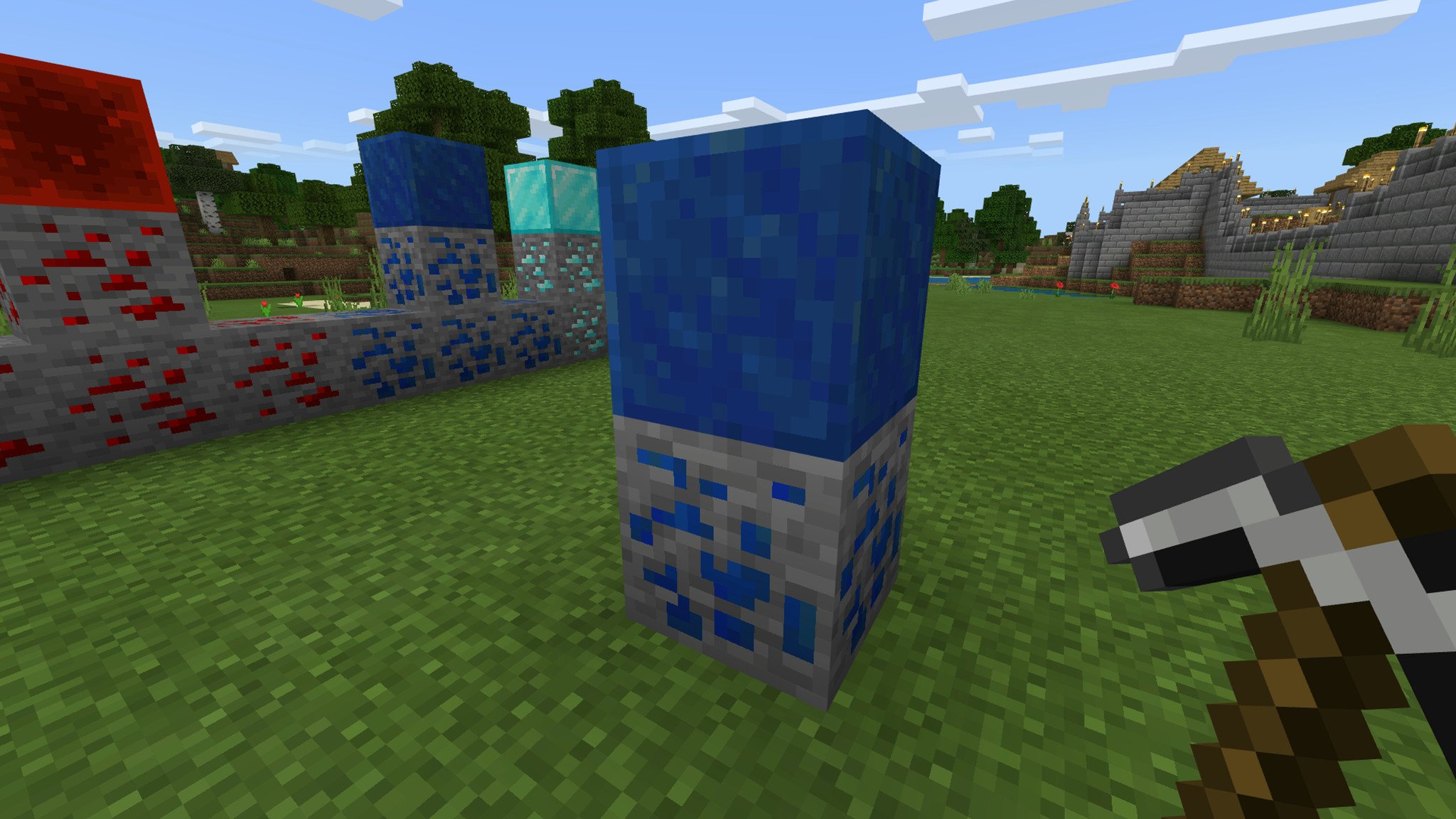
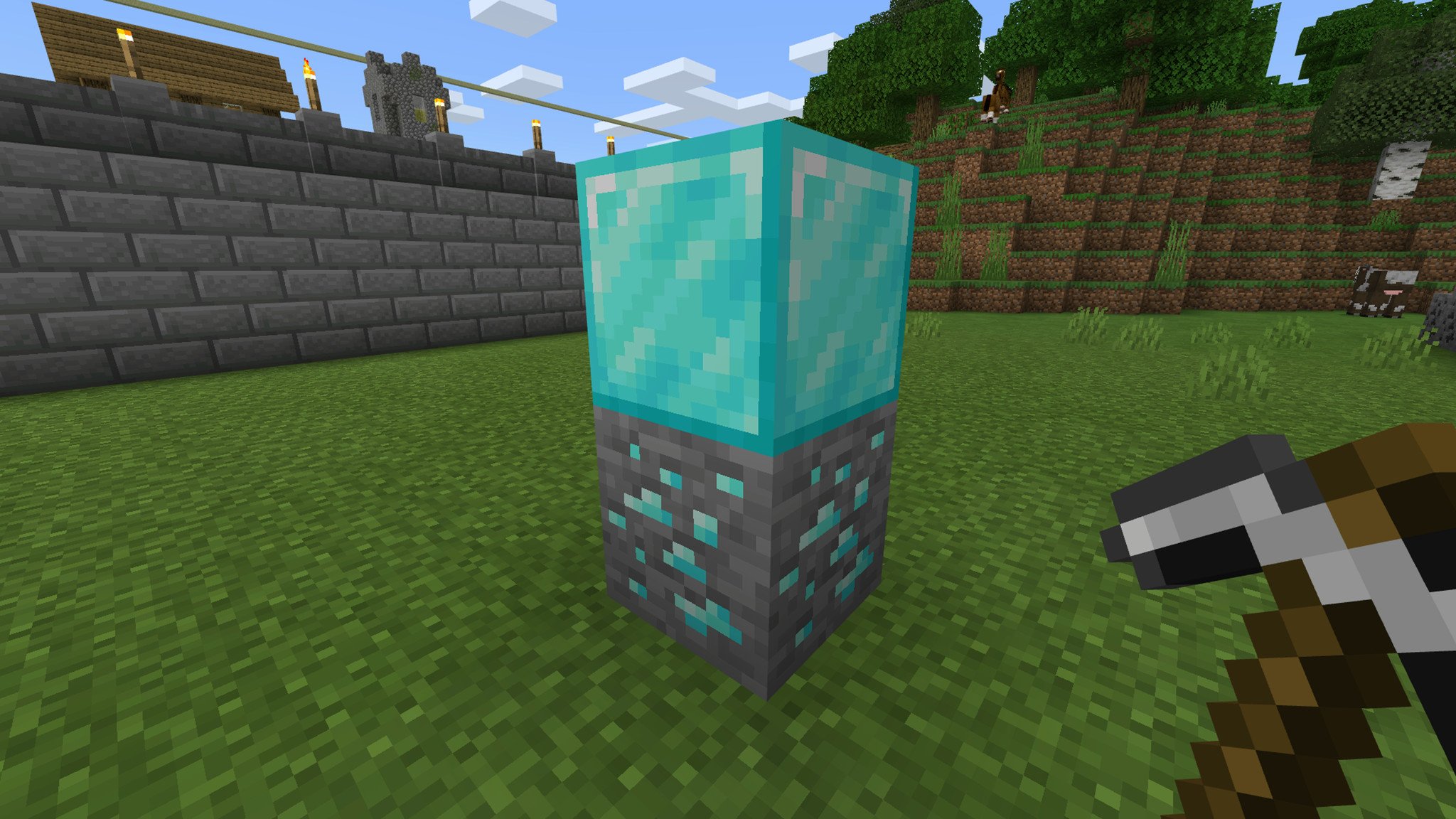
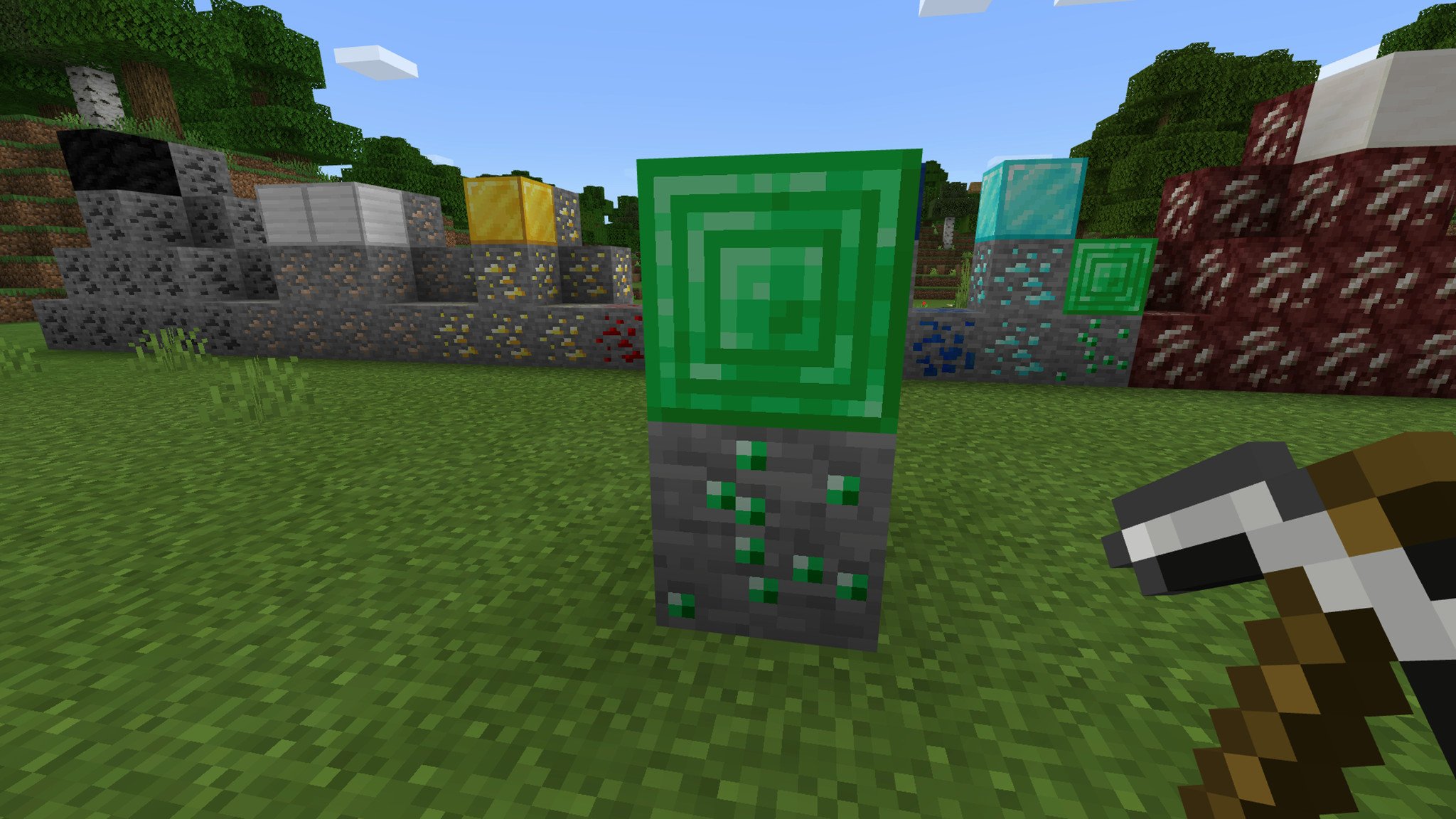
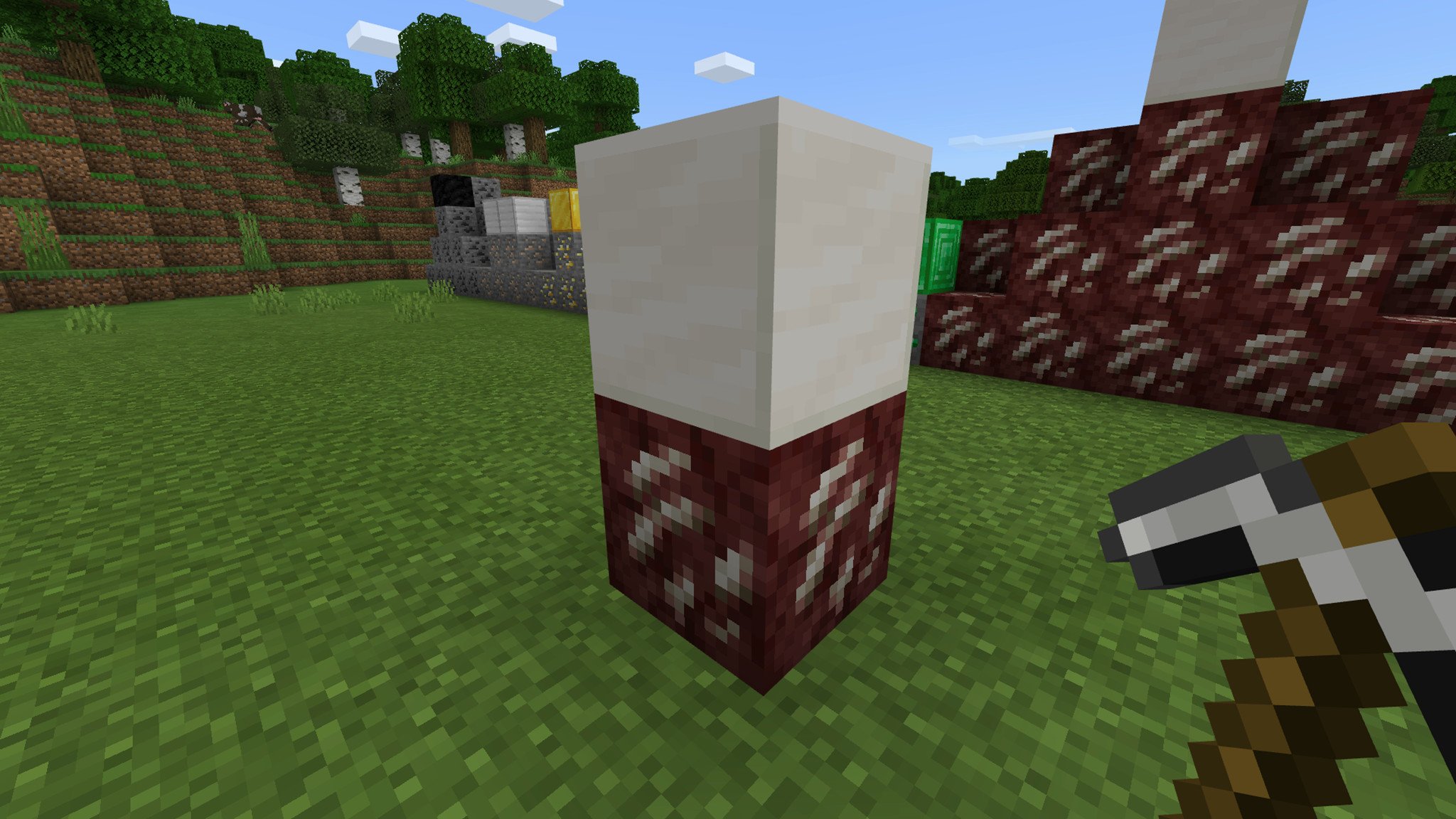
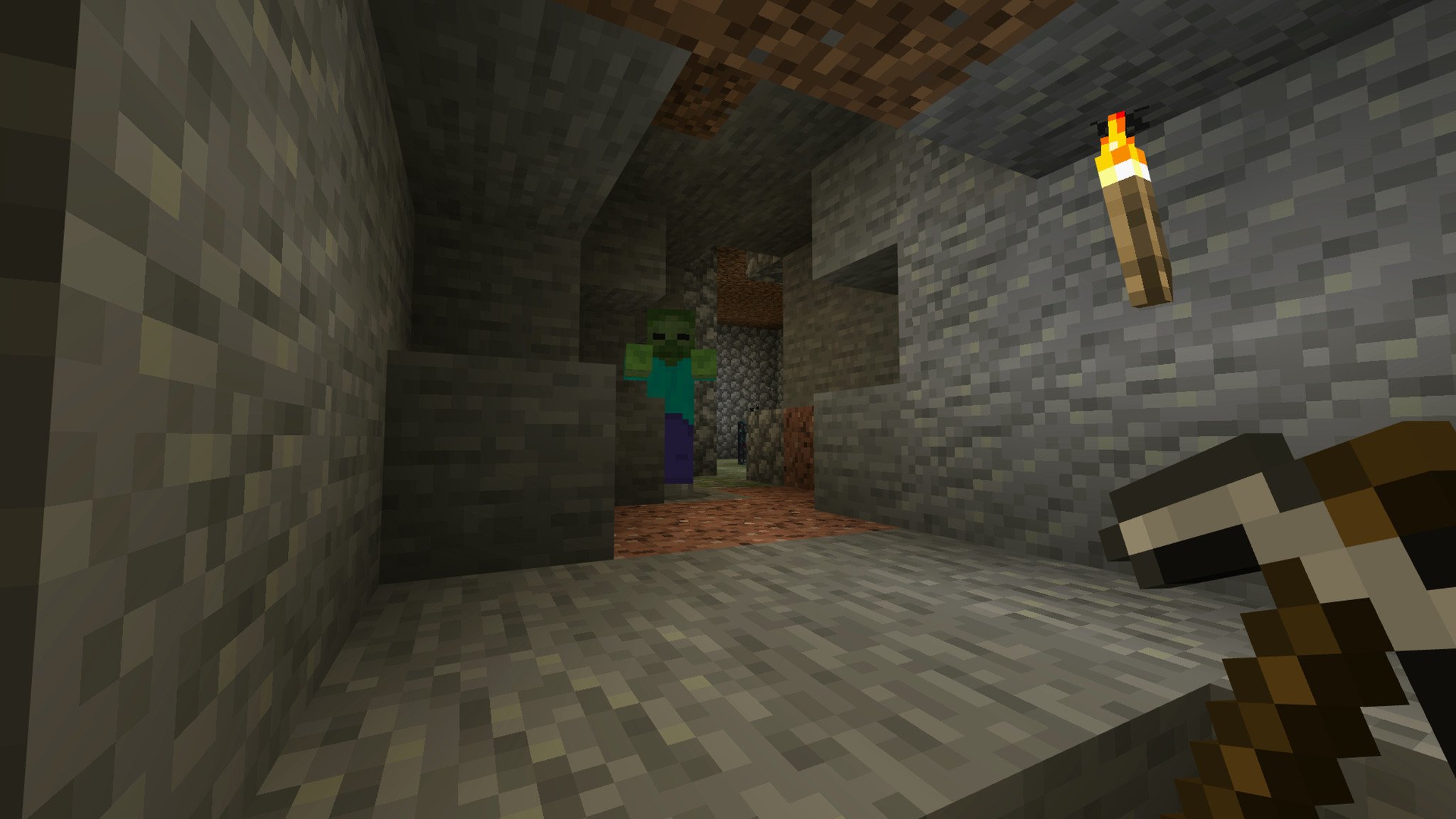
Just knowing where to find all the ores, or what to do with all of them isn't enough to be a pro at mining. There are tips and tricks to maximize your hauls and fill entire storerooms with all kinds of ores and resources. Our guide to mining in Minecraft is considerably more in-depth if you need the full scoop, but we still have a few things up our sleeves in this guide.
First things first, your equipment. Here's what you'll need:
Other than that, general supplies like some food and something to protect yourself isn't a bad idea to have around. As long as you nail these essentials, you're set and ready to mine. Speaking of that, it turns out there are two main ways of mining, each with their own advantages: strip mining and cave spelunking.
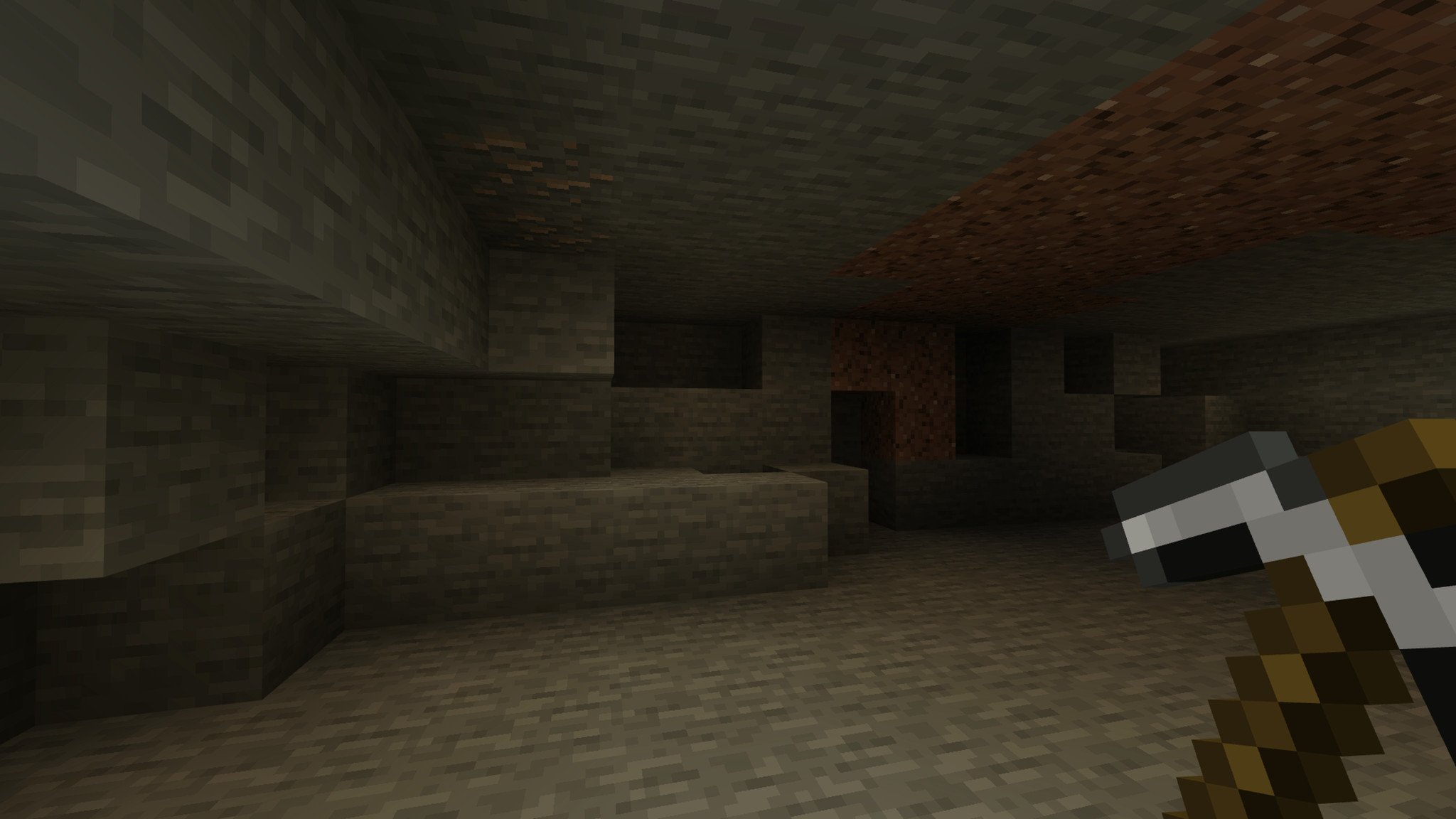
Strip mining is straightforward. Mine down to a certain depth and simply mine everything in the area. You can either mine a series of tunnels, mine a huge cavern that extends far off into the distance, or simply seek to destroy everything. It's mindless work with little excitement, but it is effective and often more convenient. Strip mining is time-consuming and comes with its own set of pros and cons that are usually opposite of cave exploring.
The pros of strip mining include:
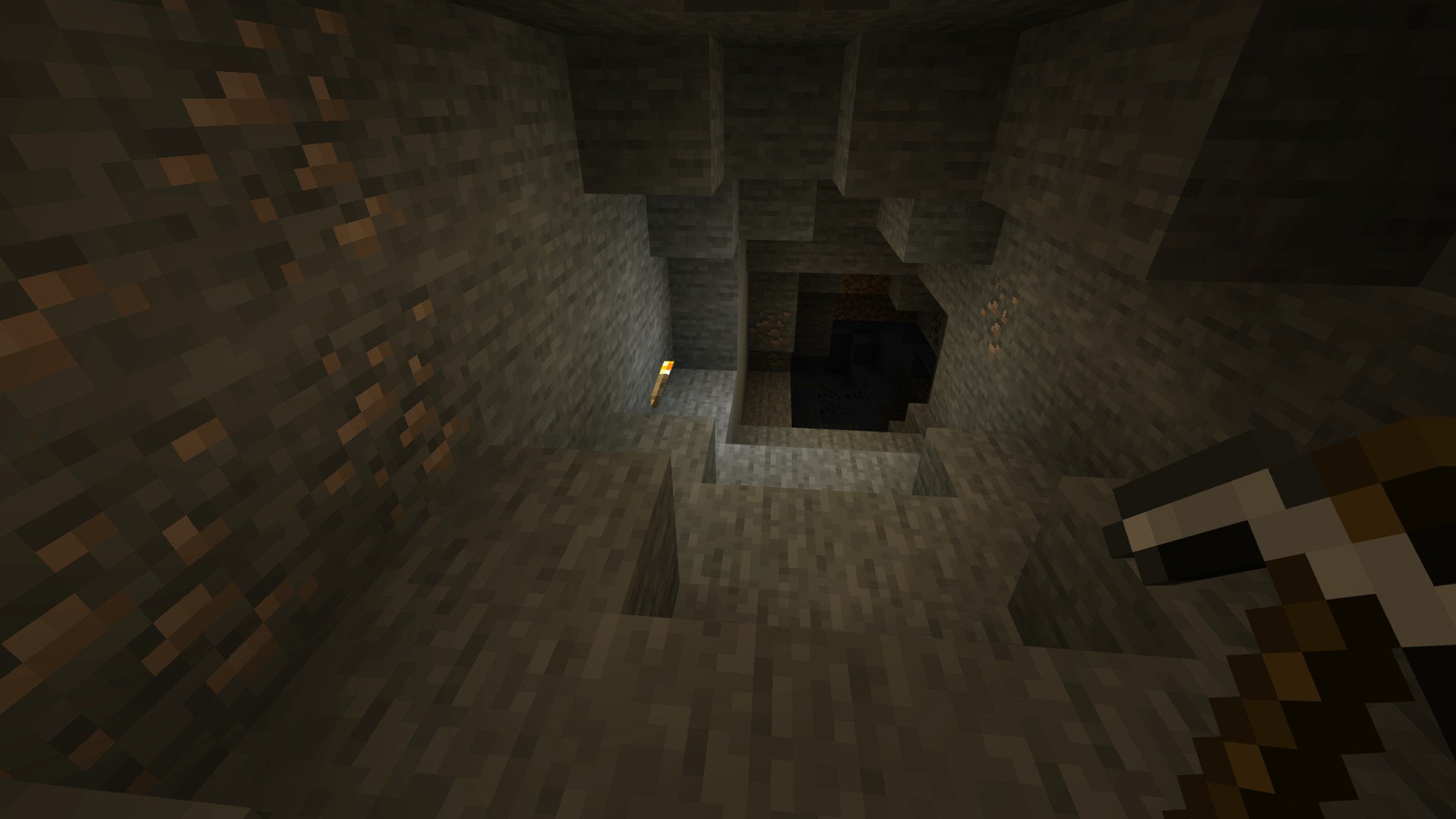
Exploring caves is the tried and tested method to find all the ores in Minecraft, and it works well. This is arguably the more efficient way to mine, and it's more enjoyable too. Find a cave, load up on supplies, and be pseudo-lost for hours in the labyrinthian series of passageways and crevices. Just like strip mining, cave spelunking has its fair share of pros and cons.
The pros of cave spelunking include:

A large part of any Minecraft player's life is searching for the valuable ores that open up a whole new world of tools, weapons, and resources. Whether it's as simple as powering your furnace, or supplying an entire house with automatic doors and lanterns, being able to know where to find these ores (and how to get them) is essential to mastering this creative game. It's okay. We did the searching for you. So here's our guide on where to find all the valuable ores in Minecraft.
Minecraft Ores and Mining
Where to find all the ores in Minecraft

There are a total of 8 different ores currently available in Minecraft, all with varying levels of rarity. These ores appear in veins of different sizes, and some of these ores can only be found in specific locations. Knowing where to look to find your ores and how to mine them efficiently is most of the battle.
Minecraft generates worlds by numbering each block, with the bottommost level of bedrock being labeled as block 0, and each subsequent block afterward raising that number by one. This includes bedrock, air, and basically everything in between. Knowing this, it becomes much easier to know where to go to find ores. Minecraft considers sea level to be at block 62, and clouds start generating at block 128. Most ores are found below sea level, and no ores will be found above cloud level.
Coal

- What depth is coal found at? Between blocks 5 and blocks 128.
- Where is coal found at? Every biome in the Overworld.
- Can coal be condensed? Yes, with nine pieces of coal.
- Does coal need to be smelted? No, coal does the smelting.
- What tool do you need? Wooden pickaxe or greater.
Iron

- What depth is iron found at? Between blocks 5 and blocks 64.
- Where is iron found at? Every biome in the Overworld.
- Can iron be condensed? Yes, with nine iron ingots.
- Does iron need to be smelted? Yes, iron ore is smelted into iron ingots.
- What tool do you need? Stone pickaxe or greater.
Gold

- What depth is gold found at? Between blocks 5 and blocks 29, or blocks 80 in badlands.
- Where is gold found at? Every biome in the Overworld, but especially badlands.
- Can gold be condensed? Yes, with nine gold ingots.
- Does gold need to be smelted? Yes, gold ore is smelted into gold ingots.
- What tool do you need? Iron pickaxe or greater.
Redstone

- What depth is redstone found at? Between blocks 5 and blocks 15.
- Where is redstone found at? Every biome in the Overworld.
- Can redstone be condensed? Yes, with nine pieces of redstone.
- Does redstone need to be smelted? No, redstone only needs to be mined.
- What tool do you need? Iron pickaxe or greater.
Lapis lazuli

- What depth is lapis lazuli found at? Between blocks 14 and blocks 23.
- Where is lapis lazuli found at? Every biome in the Overworld.
- Can lapis lazuli be condensed? Yes, with nine pieces of lapis lazuli.
- Does lapis lazuli need to be smelted? No, lapis lazuli only needs to be mined.
- What tool do you need? Stone pickaxe or greater.
Diamond

- What depth is diamond found at? Between blocks 5 and blocks 12.
- Where is diamond found at? Every biome in the Overworld.
- Can diamond be condensed? Yes, with nine diamonds.
- Does diamond need to be smelted? No, diamond only needs to be mined.
- What tool do you need? Iron pickaxe or greater.
Emerald

- What depth is emerald found at? Between blocks 5 and blocks 29.
- Where is emerald found at? The mountains biome in the Overworld.
- Can emerald be condensed? Yes, with nine emeralds.
- Does emerald need to be smelted? No, emerald only needs to be mined.
- What tool do you need? Iron pickaxe or greater.
Quartz

- What depth is quartz found at? Between blocks 15 and blocks 120.
- Where is quartz found at? The Nether.
- Can quartz be condensed? Yes, with four pieces of quartz. This is irreversible.
- Does quartz need to be smelted? No, quartz only needs to be mined.
- What tool do you need? Wooden pickaxe or greater.
How to mine all the ores in Minecraft

Just knowing where to find all the ores, or what to do with all of them isn't enough to be a pro at mining. There are tips and tricks to maximize your hauls and fill entire storerooms with all kinds of ores and resources. Our guide to mining in Minecraft is considerably more in-depth if you need the full scoop, but we still have a few things up our sleeves in this guide.
First things first, your equipment. Here's what you'll need:
- A great pickaxe. Iron is the lowest grade pickaxe I would recommend since it's easy to make, can mine every resource listed above in this guide, and has respectable speeds.
- Lots of torches. Most of the ores on this list are found underground, and the ones that can be found aboveground are still more numerous below the surface of the earth. Spoiler: caves are dark. Bring torches.
- Some wood. Wood is required for a lot of crafting, most notably including but not limited to, crafting tables, tools like pickaxes, and torches. All of this is necessary for mining, so it's never a bad idea to have a stack of wood in your inventory.
Other than that, general supplies like some food and something to protect yourself isn't a bad idea to have around. As long as you nail these essentials, you're set and ready to mine. Speaking of that, it turns out there are two main ways of mining, each with their own advantages: strip mining and cave spelunking.
Strip Mining

Strip mining is straightforward. Mine down to a certain depth and simply mine everything in the area. You can either mine a series of tunnels, mine a huge cavern that extends far off into the distance, or simply seek to destroy everything. It's mindless work with little excitement, but it is effective and often more convenient. Strip mining is time-consuming and comes with its own set of pros and cons that are usually opposite of cave exploring.
The pros of strip mining include:
- Gathering large amounts of resources. If you need a ton of stone, dirt, or other underground resources for a big build you're planning, there's no better way than strip mining.
- Staying at the optimal depth. Unlike caves, which typically take you up and down in elevation constantly, strip mining allows you to stay at the perfect depth to find things like diamonds.
- Strip mining is safer. Exploring caves comes with its own set of hazards like sporadic drops, hostile mobs, giant pools of lava, and more. Strip mining is boring but predictable. You empty your inventory of everything but your pickaxes and get to work.
- You stay close to home. Another advantage of strip mining is convenience. You can build a strip mine right in your basement without having to search far and wide or travel long distances to look for what you need.
- Strip mines often lead to great caves. Good caves that offer an acceptable yield are hard to come by, and many of them are hidden completely underground with no entrance to the outside world. Strip mines can often intersect with some of the caves.
- It's an inefficient method. Strip mining is mining through brute force rather than finesse. Sure, you're practically guaranteed to find everything you're looking for eventually. You could also fill three chests with cobblestone and go through a dozen pickaxes before finding a single diamond.
- It's time-consuming and tedious. I've mentioned it before, but strip mining isn't really fun. It's the closest Minecraft gets to a grind, and that means many people might not have the patience to do it for any length of time.
- It can be frustrating. While strip mining is pretty straightforward most of the time, pools of lava and underground lakes can still interrupt your process.
Spelunking

Exploring caves is the tried and tested method to find all the ores in Minecraft, and it works well. This is arguably the more efficient way to mine, and it's more enjoyable too. Find a cave, load up on supplies, and be pseudo-lost for hours in the labyrinthian series of passageways and crevices. Just like strip mining, cave spelunking has its fair share of pros and cons.
The pros of cave spelunking include:
- It's easy to find resources. Caves put most of their valuable ores right on the surface, so looking for diamonds and iron is as simple as exploring the cave.
- Resources are plentiful. Caves also usually have a ton of resources to mine, so you can get a lot in a short amount of time.
- You're not weighed down by unwanted materials. With strip mining, it's basically impossible to get to the good stuff without filling your inventory with cobblestone, dirt, gravel, and everything else that exists underground. Caves let you be more focused.
- It's more entertaining. This is a little subjective, but navigating through caves scouring every surface for valuable resources, while simultaneously fighting off any would-be attackers is a fair bit more fun to most than just bleakly mining a tunnel.
- It's far too easy to get lost. Caves are sporadic and chaotic, with the larger ones having dozens of passages and spin-offs that spiral way into the abyss forever. If you're not careful, you can easily get lost for hours. I suggest picking a wall and always putting your torches on that wall so that getting back is as easy as following the torches.
- Caves aren't always profitable. Larger caves may be awesome for mining, but some caves will fool you into thinking they're complex systems before tapering off twenty blocks from the entrance, while a lot won't even make that attempt. It can be hard to find a truly awesome cave to explore.
- Caves can be difficult to find. An extension of the last point, caves, also need to be discovered rather than created wherever you are at the time. Finding a cave while you're exploring is one thing, but actively looking for a cave and not finding one for ages can be frustrating.
